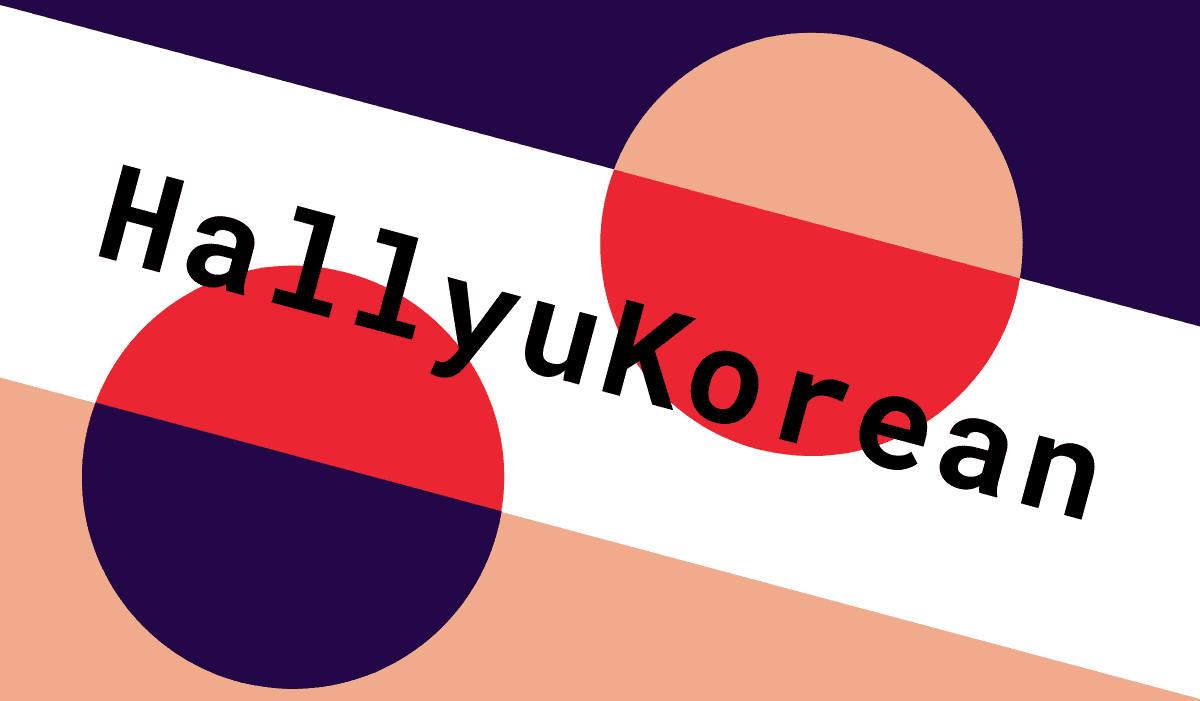Welcome back. This is the 7th post in the series of 1000 Korean words for everyday use by analyzing the word frequency of more than 1,000 episodes of Korean dramas.
Today, let’s explore the meaning and context of 5 key Korean words “어떻게, 사람, 좋다, 일, 아이” with sample sentences.
Click the play button below to listen to all the words and sample sentences in this post.
Basic Korean words : 어떻게, 사람, 좋다, 일, 아이
31. 어떻게 [eo-tteot-ke] – how
– 어떻게 [eo-tteot-ke] means “how” and is used to ask about the way, method or state of something.
– 어떻다 [eo-tteo-ta] means “how” or “what kind” and is used to ask about the kind, quality or state of something. 어떻다 is formed by combining the adjective “어떤” [eo-tteon], which means “what kind”, with the verb ending “-다” [da], which acts as a verb in sentences. In this case, “-다” acts as the verb ending, forming the adjective “어떻다”.
– 어떻게 is derived from the word “어떻다”. From “어떻다” the adverb “어떻게” is formed by adding “-게” [ge] to the adjective form. This “-게” form is used to make adverbs from adjectives.
Example sentences:
어떻게 사랑이 변하니? How does love change?
식사 어땠어? How was your meal?
32. 사람 [sa-ram] – person
– 사람 [sa-ram] means “person” and refers to an individual.
– 사람들 [sa-ram-deul] means “people” in the plural, referring to several people.
Example sentences:
아무도 없어요? 여기 사람 있어요! No one here? There’s someone here!
이 도시에는 많은 사람들이 살아. Many people live in this town.
33. 좋다 [jo-ta] – to be good, to be nice
– 좋다 [jo-ta] means “to be good” or “to be nice” and is used to express favorable feelings or evaluations.
Example sentences:
좋아, 좋아, 오케이! Okay, okay, okay!
34. 일 [il] – work, job
– 일 [il] means “work” or “job”.
– 일하다 [il-ha-da] means “to work” and is used to indicate involvement in employment.
– 큰일 [keun-il] means “big trouble” and is used to describe significant problems.
– 볼일 [bol-il] means “to do” and is used to describe tasks or responsibilities.
Example sentences:
일이 바빠요. I’m busy at work.
회사에서 일해. I work in the company.
이번에 좀 큰일이야. It’s a bit of a problem this time.
볼일 있어요. I have something to do.
35. 아이 [a-i] – child, kid
– 아이 [a-i] means “child” or “kid” and refers to a young person.
– 애 [ae] also means “child” or “kid” and is used as a term of endearment.
Example sentences:
그 아이 정말 귀엽다. That child is really cute.
애들이 놀이터에서 뛰고 있어. The kids are playing in the playground.
Grammar & Study Resources
Here’s an explanation of the plural suffix “-들” in Korean and how, unlike English, Korean sometimes uses singular forms to convey plural meanings:
Plural Suffix “-들”: In Korean, the plural suffix “-들” is used to indicate a plural form of a noun. However, it’s important to note that the use of this plural suffix is not as strict or common as in some other languages. Adding “-들” to a noun can help indicate that there are multiple instances of that noun, but often the context and lack of the plural suffix does not necessarily mean a singular noun.
For example:
– 사람 [sa-ram] means “person” and 사람들 [sa-ram-deul] means “people”. The suffix “-들” is added to indicate the plural form, but “사람” can still refer to several people in the context.
Singular forms are used to convey plural meanings: Unlike English, where plural forms are usually used to refer to multiple entities, Korean often uses singular forms of nouns to convey plural meanings. This means that you may encounter sentences in which the noun remains in its singular form, even when referring to multiple entities.
In summary, although the plural suffix “-들” is available in Korean, the language doesn’t strictly adhere to using it for plural forms. Context and the overall structure of the sentence often play a crucial role in understanding whether the noun refers to one or more entities. This feature of Korean grammar may be different from what English speakers are used to, but it’s important to recognize and adapt to this unique aspect of the language.

